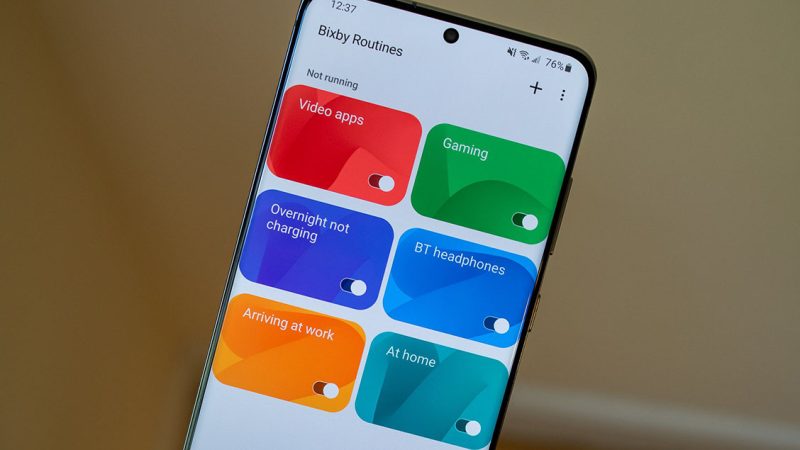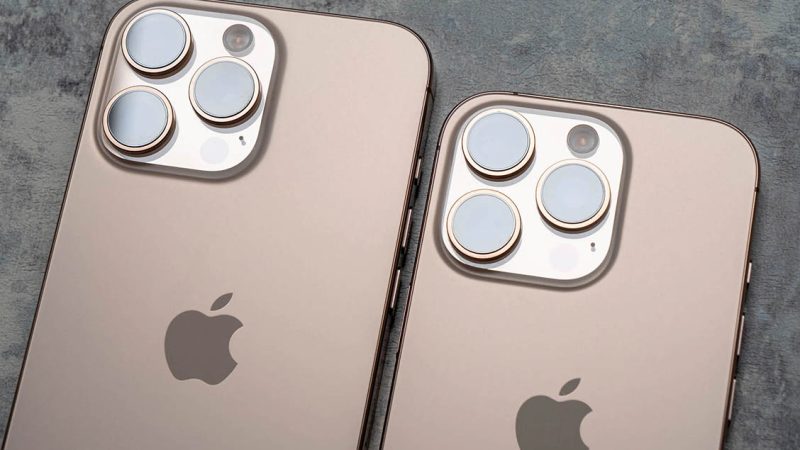Smartphones vs Cameras: Where things stand in 2023 and what’s to come
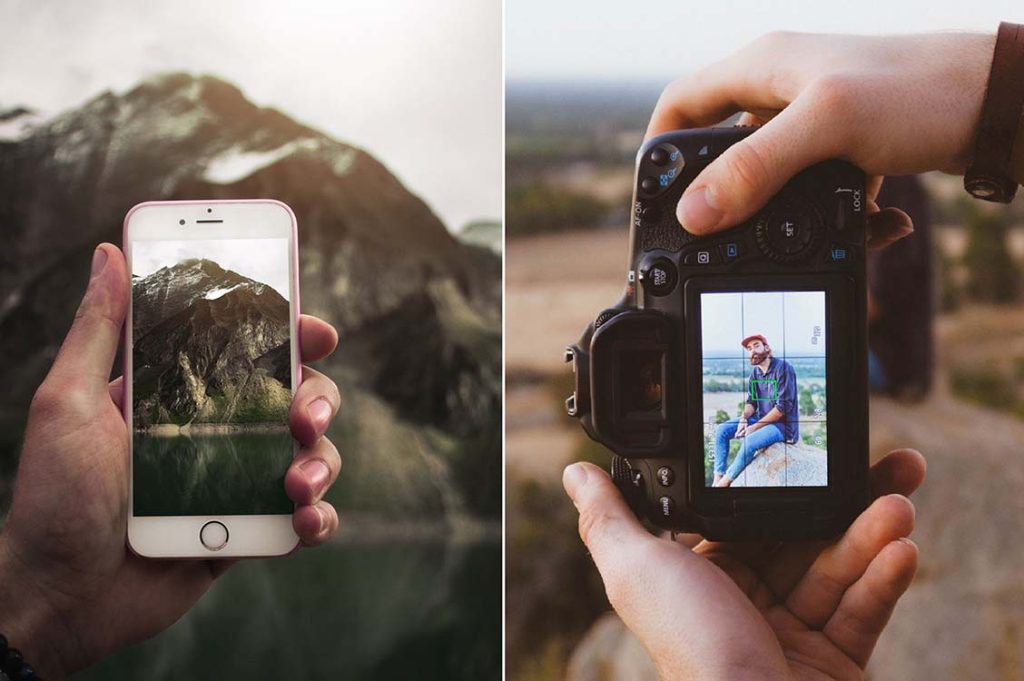
In 2023, smartphones have become the go-to devices for capturing photos and videos, thanks to significant advancements in camera technology. With each new smartphone release, manufacturers strive to improve the camera capabilities, blurring the line between traditional cameras and smartphones. However, while smartphones have undoubtedly made great strides in camera quality, there are still significant differences between dedicated cameras and smartphones in terms of performance and features.
Camera Quality and Megapixel Race:
One of the key factors that determine the quality of a camera is the number of megapixels it can capture. In recent years, smartphone manufacturers have engaged in a megapixel race, pushing the boundaries of camera resolutions. Today, smartphones with 48MP, 64MP, or even higher-resolution sensors are not uncommon. These high-resolution sensors allow for capturing detailed images and provide ample room for cropping and post-processing.
On the other hand, dedicated cameras still hold an advantage in terms of overall image quality, especially in low-light situations and dynamic range. Dedicated cameras typically have larger sensors, which allow for better light-gathering capabilities and reduced noise in low-light conditions. Additionally, dedicated cameras offer more advanced image processing algorithms, resulting in superior image quality and color accuracy.
Optical Zoom and Lens Options:
Smartphones have made significant advancements in optical zoom capabilities in recent years. Many flagship smartphones now offer telephoto lenses that can provide 2x, 3x, or even 5x optical zoom. Some smartphones even feature periscope lenses that offer impressive zoom ranges, enabling users to capture distant subjects with clarity.
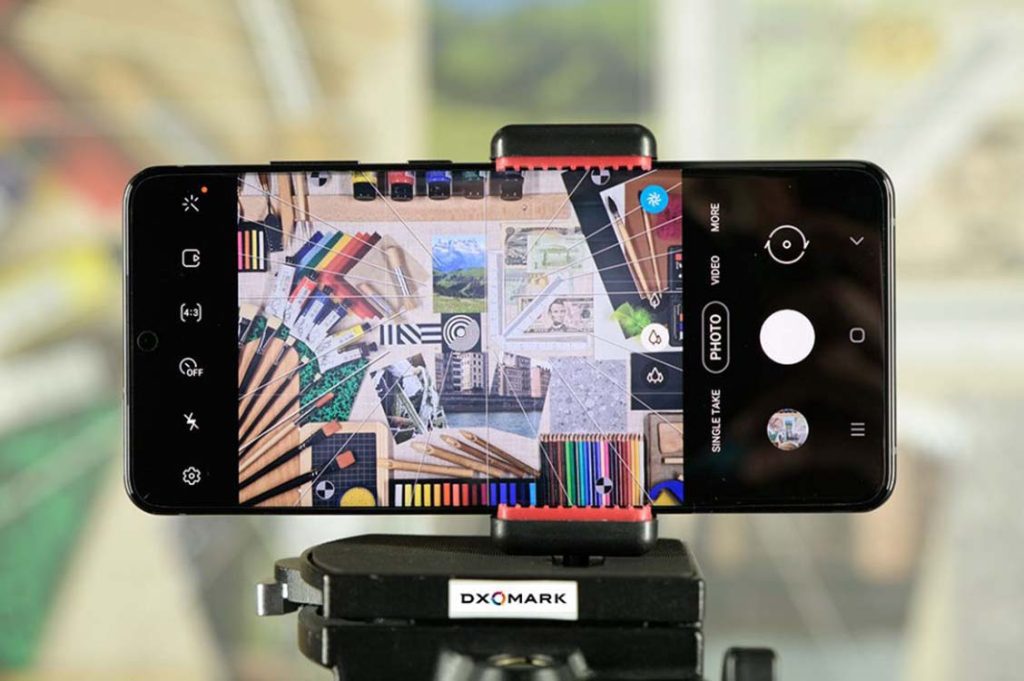
However, dedicated cameras still excel in this aspect. Professional cameras and even high-end compact cameras often offer interchangeable lenses, providing users with a wide range of focal lengths and zoom capabilities. This flexibility allows photographers to adapt to different shooting scenarios and achieve a level of control that smartphones cannot match.
Manual Controls and Creative Options:
Smartphones have made great strides in providing manual controls and creative options for photography. Many smartphone cameras now offer manual settings for exposure, ISO, shutter speed, and white balance, allowing enthusiasts to have more control over their photos. Additionally, smartphones provide various shooting modes, including portrait mode, night mode, and panorama, which can produce impressive results with minimal effort.
Dedicated cameras, particularly advanced mirrorless and DSLR cameras, still offer a more extensive range of manual controls and customization options. These cameras provide photographers with full control over settings, such as aperture, focus, and exposure, allowing for precise adjustments and creative exploration. Moreover, dedicated cameras often support shooting in RAW format, which provides greater flexibility in post-processing and editing.
Video Capabilities:
Smartphones have revolutionized video recording, offering high-quality video capabilities that rival dedicated cameras. Many smartphones can record 4K videos at high frame rates, and some even support features like HDR video recording and advanced stabilization technologies. With the increasing popularity of social media platforms and content creation, smartphones have become the preferred tool for vlogging and capturing everyday moments.
While smartphones excel in video recording, dedicated cameras still have their place in the market, especially for professional videography and filmmaking. Dedicated cameras offer superior video codecs, better dynamic range, and advanced features like interchangeable lenses and external microphone inputs. These features cater to the specific needs of videographers and content creators who require the highest level of control and quality.
Future Trends and Innovations:
Looking ahead, the convergence of smartphone and camera technologies is expected to continue. Smartphone manufacturers will continue to prioritize camera advancements, aiming to close the gap with dedicated cameras even further. Some future trends and innovations to watch out for include:
Computational Photography: The use of artificial intelligence (AI) and computational algorithms to enhance image quality, improve low-light performance, and offer new creative possibilities.
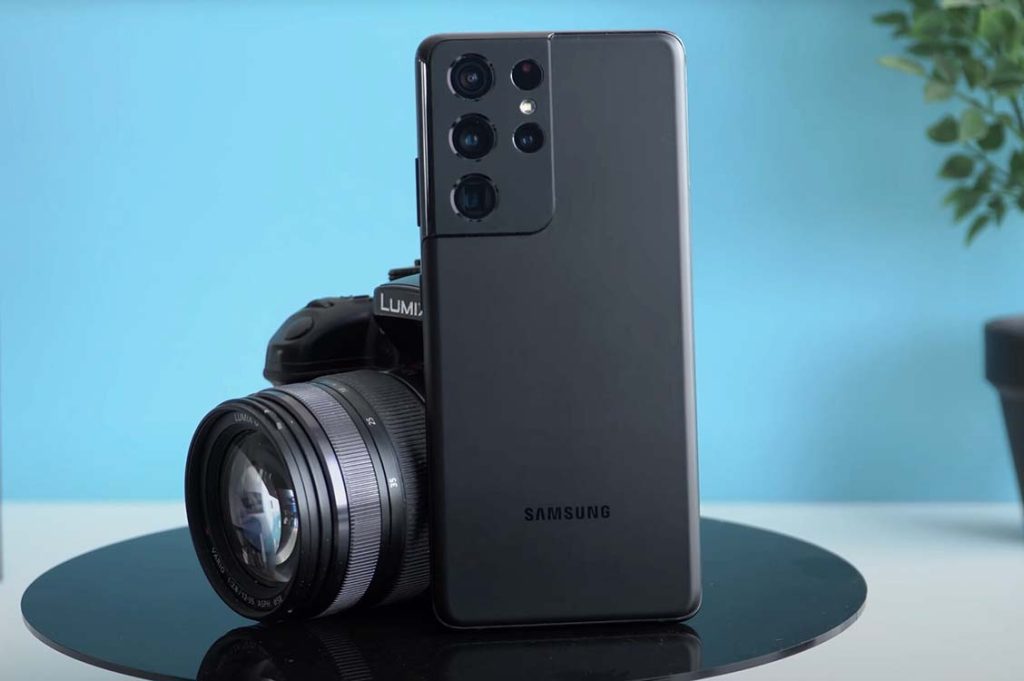
Foldable and Flexible Displays: The integration of foldable and flexible display technologies in smartphones may enable new form factors and enhance the viewing and framing experience for photography and videography.
Sensor and Lens Innovations: Advancements in sensor technology, such as larger pixel sizes and improved noise reduction, along with the development of more compact and high-quality lenses, will contribute to further improving smartphone camera capabilities.
Augmented Reality (AR) and Virtual Reality (VR): The integration of AR and VR technologies in smartphones will open up new possibilities for immersive photography and video experiences.
Enhanced Image Stabilization: The development of more advanced optical and electronic image stabilization technologies will result in smoother and more stable video recording, even in challenging conditions.
5G and Cloud Connectivity: The expansion of 5G networks and cloud storage capabilities will enable seamless sharing, editing, and storage of high-resolution photos and videos directly from smartphones.
In 2023, smartphones have become formidable contenders to traditional cameras, offering impressive camera capabilities and convenience. The advancements in camera quality, zoom capabilities, manual controls, and video recording have made smartphones a popular choice for everyday photography and casual enthusiasts. However, dedicated cameras still maintain an edge in terms of overall image quality, lens options, manual controls, and advanced features, making them the preferred choice for professional photographers and serious hobbyists.
As technology continues to evolve, the gap between smartphones and dedicated cameras will continue to narrow. Future innovations, such as computational photography, foldable displays, and enhanced image stabilization, will contribute to further blurring the line between these devices. Whether you choose a smartphone or a dedicated camera, it ultimately depends on your specific needs, preferences, and the level of control and quality you require in your photography or videography pursuits.
